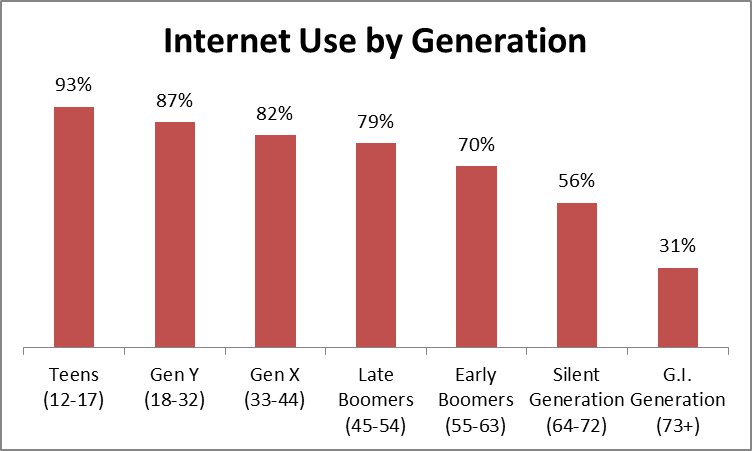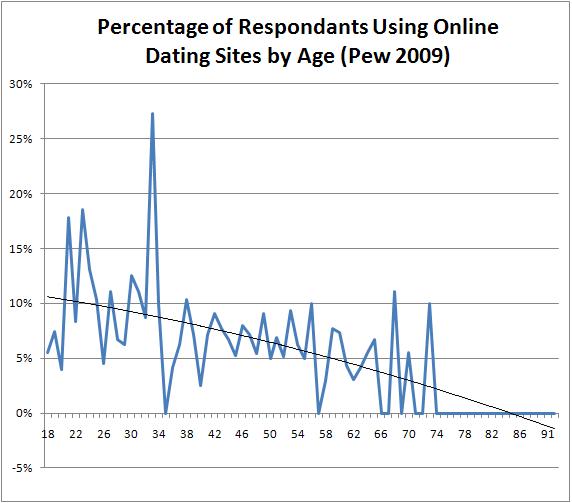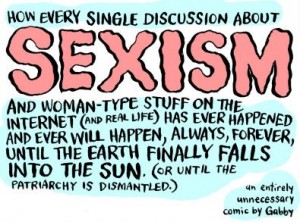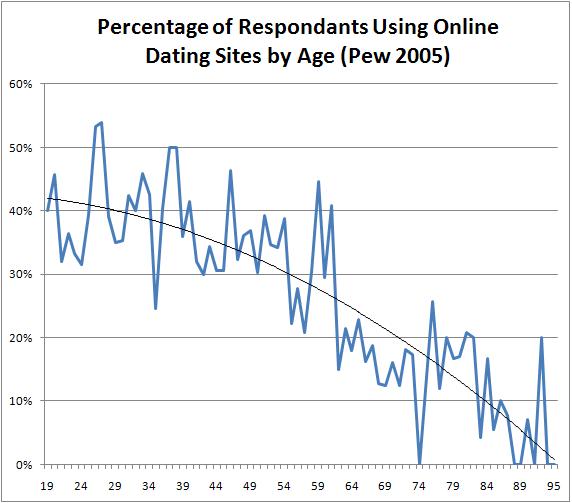Previously, I have discussed how Internet (particularly online dating) varies with age. Today, I want to take a slight different tact and consider Internet use as a generational phenomenon.
These data, no doubt, confirm expectations that Internet usage is less common in older generations; however, the severity of the drop in Internet use across generational groups is greater than virtually any other category, including gender, race, and class. The generation gap still constitutes the greatest digital divide in America.
For more trend data see Pew’s “Generation Difference in Online Activities.”







